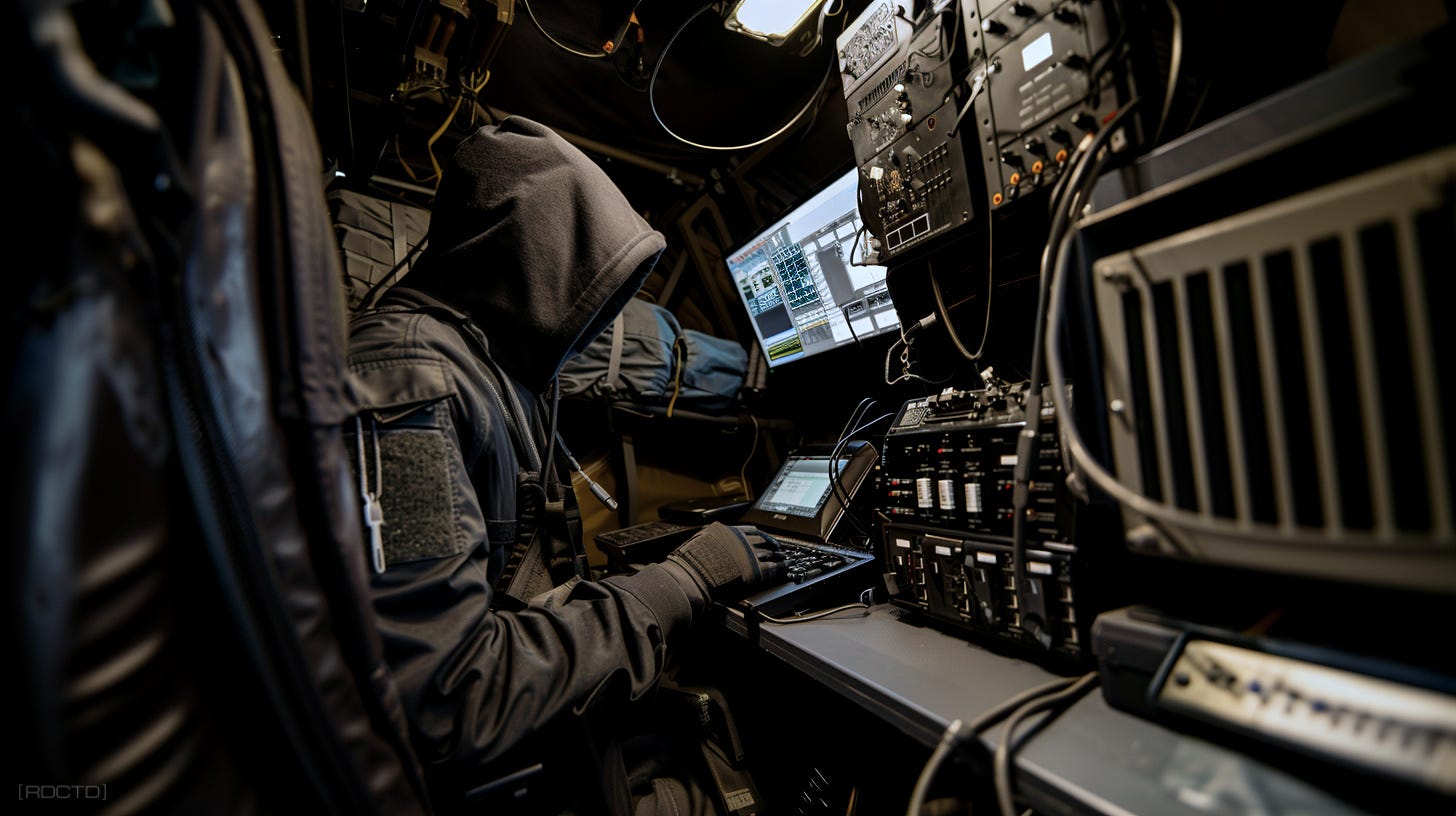Cyber-Physical System (CPS) Security
Cyber-Physical System Security in the context of tradecraft and tactical operations is crucial for operatives who rely on the seamless integration of digital and physical elements to execute their missions.
The security of these systems ensures that operatives can trust the data and functionality of the devices and networks they depend on, from covert surveillance equipment to unmanned vehicles and communication tools.
Firstly, CPS security underpins the integrity of communication systems, which are the lifeline of any tactical operation. Secure communication protocols ensure that messages and data transmitted between operatives and their command centers remain confidential and unaltered. Encryption and secure channels are essential to prevent adversaries from intercepting or tampering with communications, which could compromise mission objectives and endanger lives.
Physical security of devices and sensors used in CPS is another critical aspect. In tactical operations, devices are often deployed in hostile or unsecured environments, making them vulnerable to tampering or theft. Ensuring these devices are protected through tamper-proof designs, secure storage, and regular checks can prevent adversaries from gaining access to sensitive information or sabotaging equipment. For instance, surveillance drones and remote sensors must be safeguarded against physical interference to maintain their operational integrity.
Access control is a fundamental element of CPS security in tradecraft. Restricting access to critical systems and data to authorized personnel only is vital. Multi-factor authentication and role-based access control help ensure that even if an operative's credentials are compromised, the damage is limited. This minimizes the risk of insiders or adversaries gaining control over crucial systems, which could lead to mission failure or unintended consequences.
Resilience and redundancy in CPS are essential for maintaining operational capability during and after an attack. In a tactical scenario, having backup systems and fail-safes ensures that an operation can continue even if primary systems are compromised. For example, if a primary communication link is disrupted, a resilient CPS setup would have alternative channels ready to maintain the flow of information. This capability is vital for adapting to dynamic and potentially hostile environments.
Finally, continuous monitoring and regular audits of CPS are integral to maintaining security. For operatives, this means having real-time awareness of the status and integrity of their systems. Regular security audits and updates help identify and mitigate vulnerabilities before they can be exploited.
This proactive approach is essential in tradecraft, where the cost of a security breach can be high, both in terms of mission success and personal safety.



